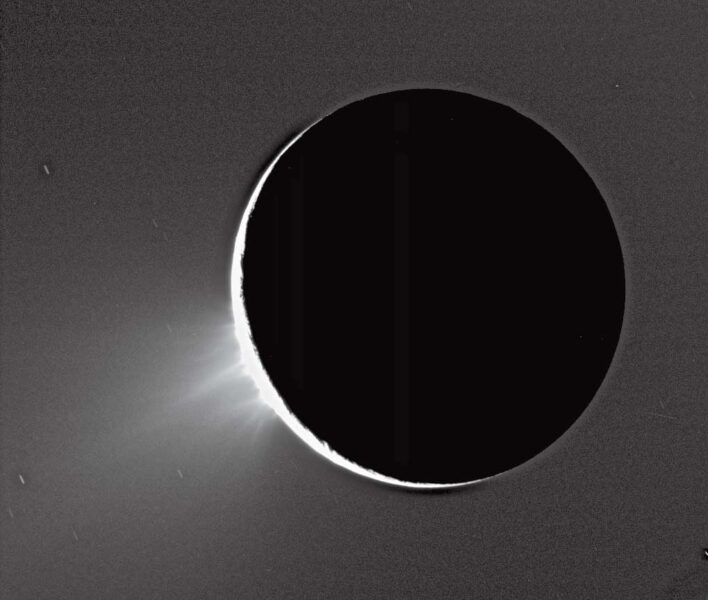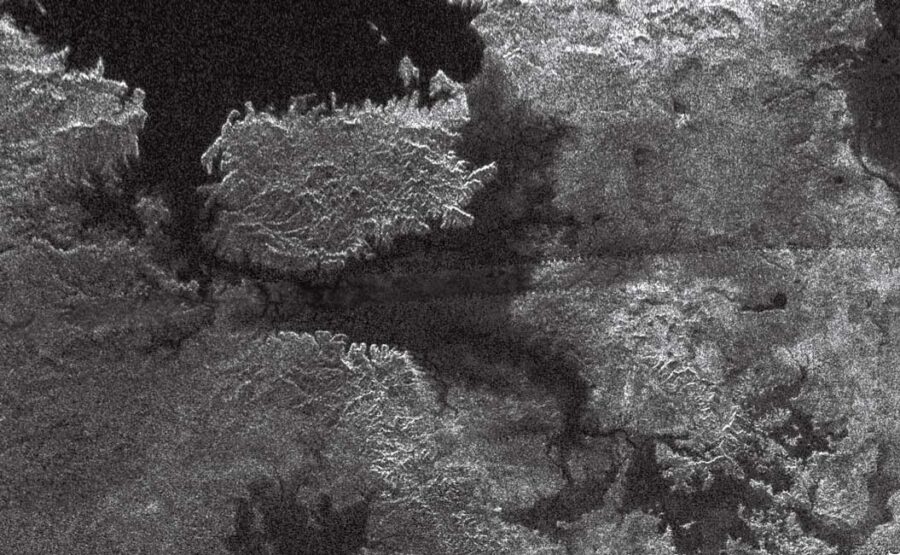Two worlds will allow us to test contrasting views of planetary habitability.

How do we search for life elsewhere? A common view is that we should seek planets with Earth-like conditions and materials: liquid water, an energy source, and organic molecules. I have explored an alternative I call the Living Worlds Hypothesis. The idea is that life is not simply an isolated phenomenon that can exist in watery pockets on otherwise dead worlds, but is a property of a world as a whole that both utilizes and transforms planet-wide activity.
Either way, Mars remains the best place to search for ancient life. After a primordial Earthlike phase, the Red Planet has been inactive, preserving rusted rocks from an era that has been almost completely erased from the terrestrial record by the same restless interior and hydrosphere that make Earth a living world. A geologically deceased world such as Mars provides an advantage for seeking early life, but may spell doom for the continuing presence of life.
What about finding life today? Two moons of Saturn have emerged as places to search. Titan and Enceladus are promising in different ways, which contrast two differing views of the requirements for habitability.
Titan is shrouded in organic molecules that constantly snow down on its surface and may be re-enacting the chemistry that led to life on Earth. A liquid-methane cycle forms clouds, lakes, and rivers that course over a relatively young surface largely devoid of impact craters and girded by vast organic dune fields. Methane gas feeds the organic factory. In these global meteorological and geological cycles are the components of a possible biosphere, including potential niches for exotic biochemistry.

An environment supporting “life as we know it” may also exist on Titan. An ocean of water lies underground. Geological activity probably stirs in the rich chemical harvest of surface organics. But these depths would be inaccessible to our probes; like the tantalizing oceans of Jupiter’s moon Europa, they hide beneath a thick ice shell.
Do all these frigid moons keep their water concealed beneath kilometers of ice? No. Cassini discovered that the small moon Enceladus spews plumes of water into space from its strangely warm south pole. Any organisms in Enceladus’s buried water are squirting into orbit and snowing down on its surface. To search for life on Enceladus, you don’t need a drill, just a shovel.
So which is the better place to look for life? If life simply requires water, organics, and energy, then it might exist on Enceladus right now. But Enceladus doesn’t seem like a world with a biosphere and probably has not been continuously active over billions of years. I favor a view where a biosphere is inseparable from constant, cyclic global activity, so I think Titan is a more promising place to look for life. But this is only a hypothesis.
When it comes to biospheres, we’re still stuck with a sample size of one, and thus we remain profoundly ignorant about life’s universals. In searching for biology among the wondrous moons of Saturn, we have to keep our eyes and minds wide open. We have to explore both worlds.
This article originally appeared in print in the December 2012 issue of Sky & Telescope. Subscribe to Sky & Telescope.
 0
0
Comments
You must be logged in to post a comment.